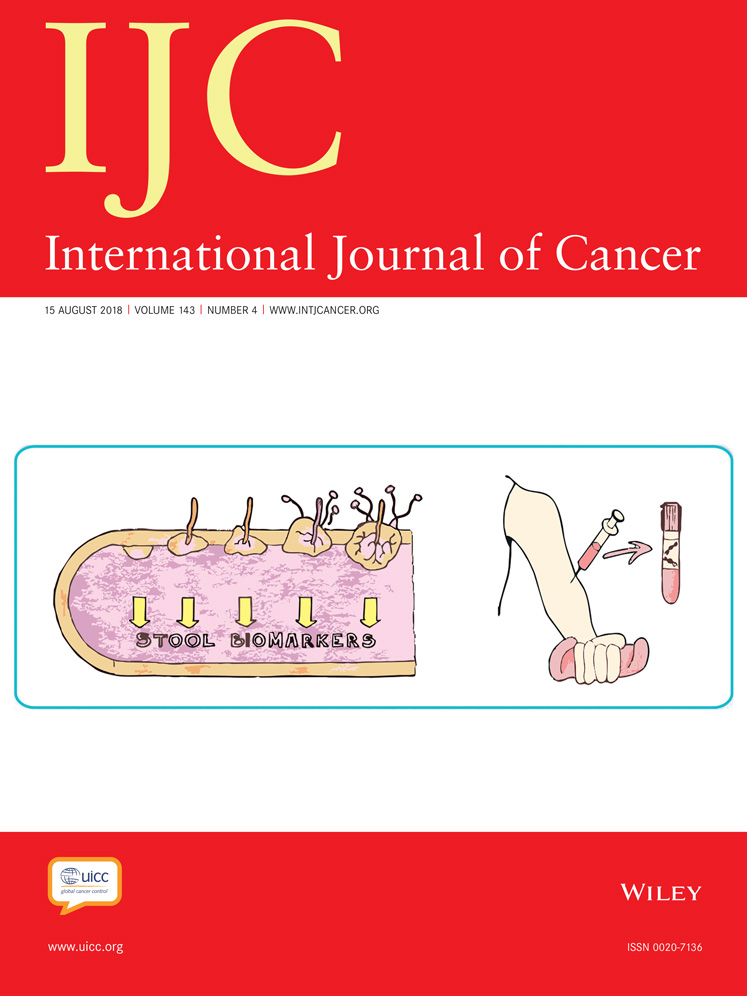Childhood height and risk of testicular germ cell tumors in adulthood
The authors have no conflicts of interest
Abstract
Increased adult stature has been associated with risk of testicular germ cell tumors (TGCT) in a number of studies. Whether childhood stature is also associated with TGCT is unclear as no studies of measured childhood height and TGCT have been reported. Thus, associations between TGCT in adulthood and childhood height and growth between ages 7 and 13 years were examined in a cohort from the Copenhagen School Health Records Register. Analyses included 162,607 boys born during the years 1930–1989. Development of TGCT was determined via linkage to the Danish Cancer Registry. Hazard ratios (HRs) and 95% confidence intervals (CIs) were calculated using Cox proportional hazards regression. Between 1968 and 2014, 782 TGCT were diagnosed. Childhood height, per one unit increase in z-score, was associated with risk of TGCT, with HRs ranging from 1.11 (95%CI 1.03–1.20) at age 7 to 1.09 (95%CI = 1.01–1.18) at age 13. In a categorical analysis, the shortest boys were at the lowest risk of developing TGCT. Results varied little by TGCT histology (seminoma and nonseminoma). Growth between ages 7 and 13 years was not associated with risk. These findings suggest that risk of TGCT in adulthood was already determined by age 7 years. Although the mechanism requires further investigation, these results provide additional evidence that risk of TGCT is determined at a young age, thus suggesting that additional investigation of early life factors is warranted.
Abstract
What's new?
The incidence of testicular germ cell tumors (TGCTs) is rising, particularly among men of Northern European descent. Although TGCT risk has been suggested to be determined in early life, few early risk factors have been identified. This study examined the relationship between TGCT and childhood height, which is influenced by a combination of genetics, health and nutrition. Height was found to be associated with TGCT risk by age 7, with risk being lowest for the shortest boys. The findings suggest that TGCT risk is established in early life, though the mechanism behind this phenomenon requires further investigation.




